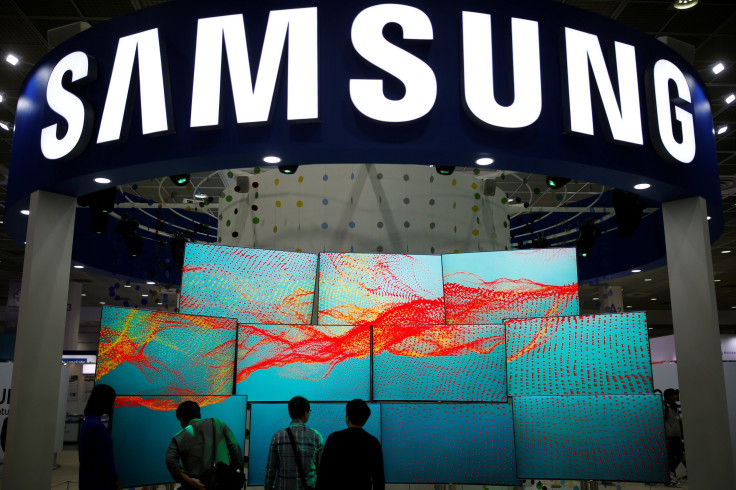Samsung In 2017: Galaxy S8, Note 8, Gear VR 3, Gear S4 Smartwatch And More

2016 has not been a memorable year for Samsung. The Note 7 scandal has been the company’s undoing this year and to get back to where it was before the scandal surfaced the company needs to have a strong 2017, in terms of sales and overall brand perception.
To do so, Samsung’s devices releasing in the next year need to stand up to the challenge. A huge amount of expectations have been placed on the company’s flagship Galaxy S and Note series devices, but the company has much else up its sleeves, including a phone with a foldable display.
Here are 8 devices that you can expect from Samsung’s stable in 2017.
Galaxy S8: The Galaxy S8 is expected to be Samsung’s redemption from the Note 7 scandal. The device is expected to be a complete revamp of the Galaxy S7. Samsung is expected to ditch the home button, which has traditionally graced most of its devices. Instead, the Galaxy S8 is expected to have an edge-to-edge display with a fingerprint sensor embedded inside. The device is also expected to have a USB-C jack instead of the 3.5mm audio jack.
The device is expected to have a 10nm processor which will boost both performance and battery life. In terms of camera technology, Samsung is expected to endow the Galaxy S8 with a multi-sensor rear cam and front camera autofocus. The company is expected to replace S voice with an artificially intelligent voice assistant. The device is expected to come with 8GB RAM and 256GB onboard memory.
Galaxy Note 8: Samsung is expected to test its fortunes with the Note series in 2017. The Note 8 might not have the same problems as its predecessor as its batteries will most probably be supplied by LG. Samsung might try its hands at a dual-screen display for the device and continue with the stylus design.
Galaxy A-series devices: The company is expected to launch the 2017 edition A3, A5 and A7 devices at CES in January. All three phones are expected to come with a USB-C port. The Galaxy A 3 is expected to be a 4.7-inch device, A5 is expected to be a 5.2-inch device and the A7 is expected to be a 5.7-inch device.
Gear VR 2 and Gear VR 3: Samsung Electronics vice-president Dr. Sung-Hoon confirmed on Dec. 16 the launch of the second and third iteration of the Gear VR headset in 2017. While the 2016 device was a redesigned Oculus Rift, the 2017 device is expected to be a revamp of the device based on the Microsoft HoloLens and Magic Leap technologies , which will combine virtual reality with real-world environments.
Gear S4 smartwatch: The Gear S3 successor is expected to release next year and is expected to be thinner than the existing device. The company announced in October that it will mass produce the Exynos 7 Dual 7270 processor for wearable devices. The processor is expected to make the Galaxy S4 smartwatch 20 percent more battery efficient compared to its predecessor.
Galaxy X: Samsung has held on to its foldable smartphone patent for a while. 2017 is expected to be the year when the company finally uses the technology it in a smartphone. The company is expected to come out with the Galaxy X — a full size smartphone which could be folded into a more compact form factor. The device is expected to project one continuous screen when stretched to its full form, but a smaller one when folded. A hinge with display capabilities is expected to enable the smartphone to be folded and unfolded.
QLED TVs: Samsung is expected to unveil its new quantum dot display TVs at CES 2017. The TVs are expected to achieve a high light output of 1,500 nits compared to 1000 nits on the previous models. Dubbed the QLED (quantum dot based light emitting diodes), the TVs are expected to deliver 50 percent better performance than existing models.
Galaxy J series devices: Samsung’s budget devices — J1, J2, J3 and J7 are also expected to be upgraded in the next year. The devices are expected to sport bigger batteries and new processors from Qualcomm replacing the existing devices’ Snapdragon 430 and 6750 processors.
© Copyright IBTimes 2024. All rights reserved.











